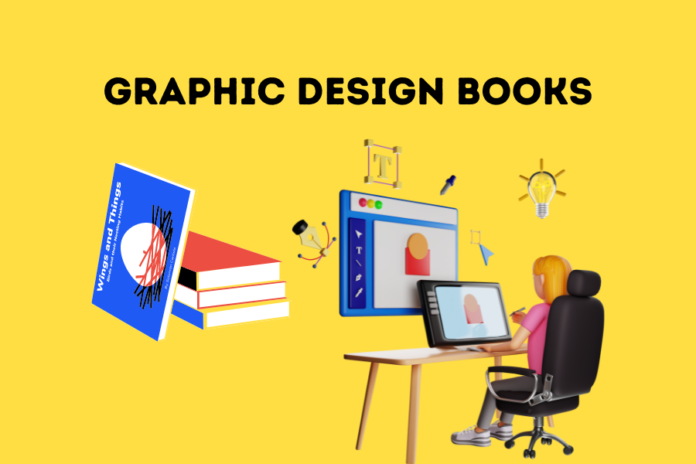Graphic design is a dynamic field that requires continuous learning and exploration. Having essential graphic design books from reputable book writing companies is a valuable asset. These books provide insights, inspiration, and practical guidance to refine skills, expand knowledge, and stay updated with industry trends. In this article, we will explore seven must-own graphic design books every creative should consider adding to their library.
Top 7 Graphic Design Books Every Creative Must Own
“Thinking with Type” by Ellen Lupton:
Typography plays a fundamental role in graphic design, and “Thinking with Type” is a comprehensive guide that delves into the intricacies of typography. This book explores the history, principles, and techniques of type design, making it an essential resource for understanding how to effectively use typefaces, create hierarchy, and communicate visually through typography.
“The Elements of Graphic Design” by Alex W. White:
“The Elements of Graphic Design” provides a solid foundation for designers by explaining the fundamental principles that govern visual communication. This book covers topics such as line, shape, color, texture, and composition, offering valuable insights into how these elements work together to create compelling designs. It serves as a practical guide for understanding and applying the principles of design in various projects.
“Grid Systems in Graphic Design” by Josef Müller-Brockmann:
Grid systems are the backbone of graphic design, providing structure and organization to layouts. In this classic book, Josef Müller-Brockmann explores the theory and application of grid systems, demonstrating how they can enhance the clarity and effectiveness of visual communication. “Grid Systems in Graphic Design” is an indispensable resource for designers seeking to create balanced and harmonious compositions.
“Logo Design Love” by David Airey:
Logos are the visual embodiment of brands, and “Logo Design Love” offers valuable insights into the art of logo design. David Airey shares his expertise and experiences, guiding readers through the process of creating memorable and impactful logos. This book covers various aspects, including research, concept development, typography, color, and client relationships, making it a must-read for aspiring logo designers.
“Saul Bass: A Life in Film and Design” by Jennifer Bass and Pat Kirkham:
Saul Bass was a renowned graphic designer known for his iconic movie title sequences and corporate logos. “Saul Bass: A Life in Film and Design” provides a comprehensive overview of Bass’s work, showcasing his creative process and the impact he had on the field of graphic design. This visually stunning book offers inspiration and a glimpse into the mind of a design legend.
“The Non-Designer’s Design Book” by Robin Williams:
Not every creative individual has a formal design education, but that shouldn’t hinder their ability to create compelling designs. “The Non-Designer’s Design Book” caters to those without a design background, explaining the basics of design principles and techniques in a clear and accessible manner. It covers topics such as proximity, alignment, repetition, and contrast, enabling readers to create visually pleasing designs with confidence.
“Graphic Design: The New Basics” by Ellen Lupton and Jennifer Cole Phillips:
“Graphic Design: The New Basics” offers an in-depth exploration of contemporary graphic design practices. It covers a wide range of topics, including color theory, visual hierarchy, branding, interactive design, and typography. This book provides a comprehensive overview of the principles and techniques that drive modern graphic design, making it an essential resource for both beginners and experienced designers.
Conclusion:
these seven essential graphic design books are a valuable investment for every creative individual. They offer knowledge, inspiration, and practical guidance in typography, design principles, layout, logo design, contemporary practices, and more. Owning these books will enhance design skills and fuel creative growth in the dynamic field of graphic design.
















































